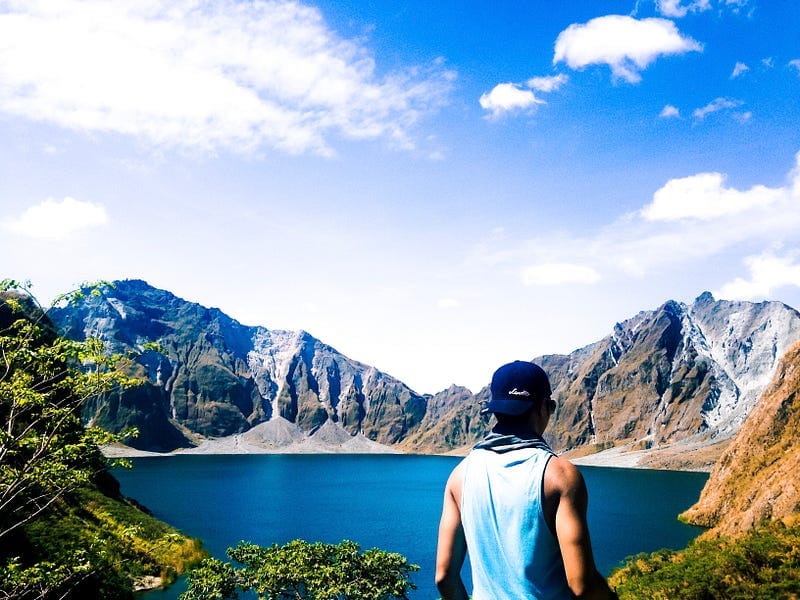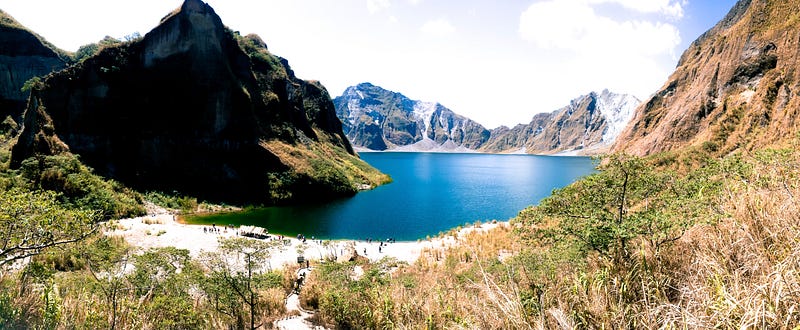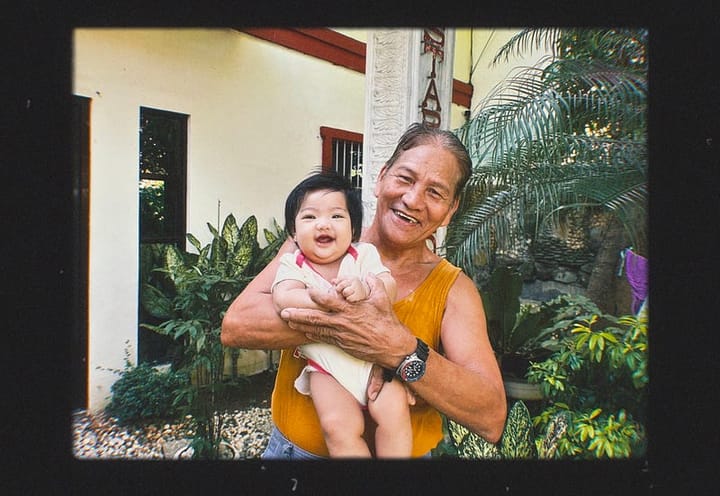Beauty From Ashes: Can Something So Painful Be Beautiful?
A Personal Reflection on Loss, Healing, and Hope

TRAVEL
They said it was a land reborn from ashes. A place of scars and serenity. These words painted a picture in my mind, and thank goodness they were right. The scorching heat of the arid land towards Mt. Pinatubo in the Philippines and the adventure that unfolded was beyond anything I could have imagined.
I remember the morning sun being equally unforgiving and beautiful that day, as it embraced with warmth the dry and desolate land we were trekking. It was easy to get lost in its magnificence, but with the heat and the weather, this adventure was not for the faintest of hearts.
Mt. Pinatubo was known for the cataclysmic eruption that occurred in June 1991, where thousands of lives were lost and hundreds of thousands were displaced from their homes.
Massive ash clouds ejected from the crater plunged the region into darkness, even affecting global temperatures. And as if that wasn’t enough of a disaster, heavy rains fell from the sky and mixed with volcanic ash, forming violent and disastrous rivers of lahar that reshaped the landscape of the region over the years.
A simple Google search will show you photos of the devastation it caused and the painful scar it left on the Filipino people. It was one of the most tragic events in the country in the 20th century.
As we trekked towards the crater of the volcano, bushes, and ferns, already growing from what once was a ruin, I could not help but think about this hurtful past. 30 years have passed since then, and the land appears to have forgotten the devastation.
It’s crazy how nature just grows and thrives naturally, in any condition.
“But what about men,” I thought, “do men ever forget?”
Displaced with No Home
As part of ecotourism led by the government, we met with some Aetas on our little expedition. They are Indigenous people with ancestral lands surrounding the volcano and are considered to be one of the earliest inhabitants of the country, with a history dating back tens of thousands of years.
The Aetas are short-statured people, typically around 5 feet tall, with sun-kissed dark brown skin and curly or wavy black hair. They have broad noses and fuller lips. I usually call them “true and pure” Filipinos because I believe they have the right to that title.
One thing that always stands out in my encounters with the Aeta people is the term of endearment we use. Despite cultural differences, we call each other ‘Kapatid,’ which means ‘sibling’ in Tagalog.
This simple name we call each other stands out for me because it shows that even people with great cultural differences can become brothers and sisters. It is a beautiful term of endearment with a respectful familial bond that I think transcends time and can never be broken.
What’s sad, though, is the reality of their situation.
Today, the Aetas continue to struggle for land rights, access to resources, and an end to discrimination. Due to the volcanic eruption, they were forced to evacuate their lands and were relocated to resettlement areas, often far from their traditional territories.
I don’t know, but given the time that has passed, it’s a saddening fact to realize they are still trying to find their place in a country they first discovered and called home.
Yes, it wasn’t Magellan who discovered the Philippines.
Can Something So Painful Be Beautiful?
Arriving at the caldera of the volcano, I found myself in awe of the breathtaking scenery in front of me. Am I dreaming? How can this be so beautiful? I was surprised, blown away, and mesmerized.

The sweat and agonizing heat have no match to the beauty of the verdant lake that lies before me.
It was truly a humbling experience if you’ll ask me, to feel the littleness of your existence.
The caldera is surprisingly calm, with birds soaring above the lake. It’s easy to forget the simmering magma and the potential for future eruptions lurking beneath the surface.
“I’ll remember this,” I whispered.
I realize that when you start to know the painful history of something so beautiful, you tend to appreciate the unique beauty in the brokenness and in the scars that shaped its story.
Somehow, the painful past becomes something not to be ashamed of, but something to embrace instead.
When I saw the grandeur of the caldera of Mt. Pinatubo, it reminded me of the storms that the Filipino people have weathered, and how with so much positivity and attitude, we have become stronger and have emerged from the darkness and healed from the pain we have experienced, just to take a step towards the life we strive for.
It was painful, yes, but it was also beautiful. Like witnessing the birth of a baby or welcoming the spring after a long winter.
Experiencing this adventure, despite knowing the brutal past that shaped this beauty, is like finding hope in the ashes.




Comments ()